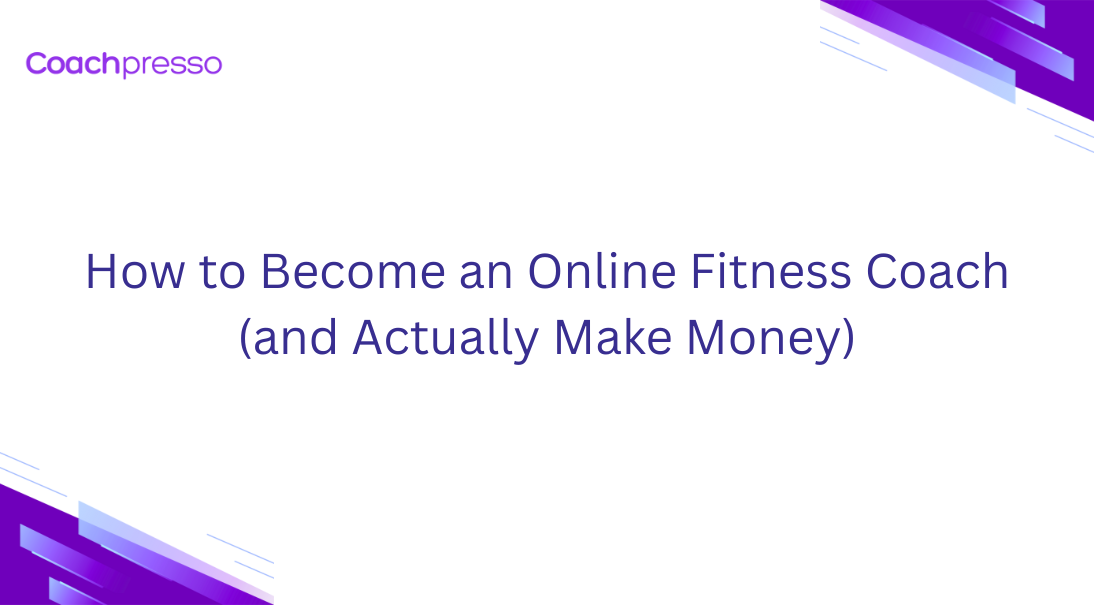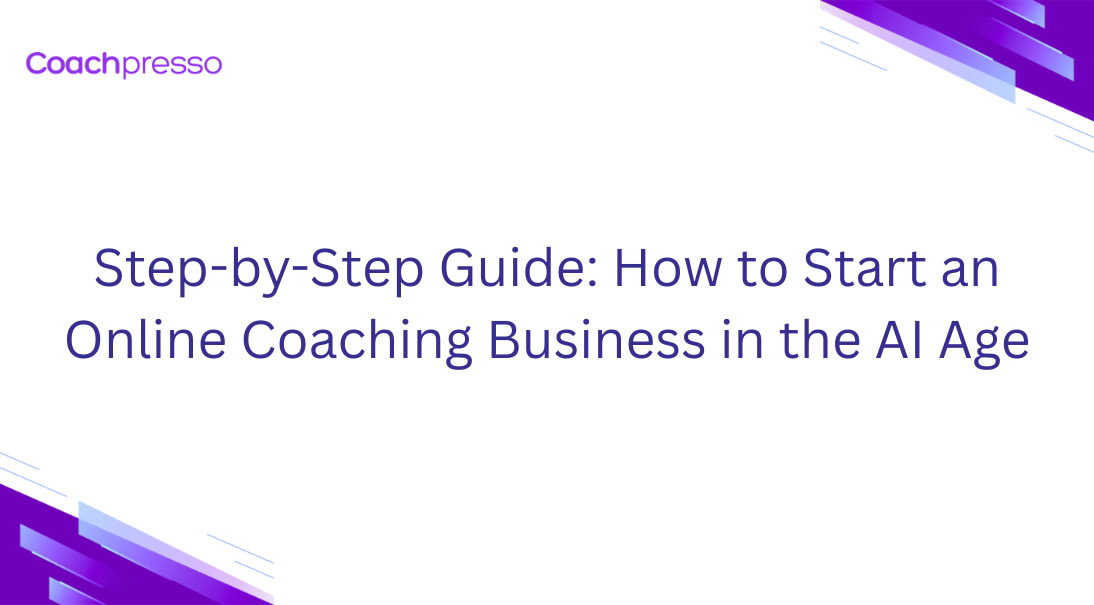Introduction
For coaches, the journey from solo practitioner to managing a thriving business can be both exhilarating and overwhelming. As client demand grows, many coaches find themselves at a crossroads: scale their practice or maintain the status quo. The challenge? Scaling traditionally means more hours, more stress, and often, burnout.
But it doesn't have to be this way. The most successful coaches have discovered strategies to grow their businesses while actually reducing their workload and increasing their impact.
The Burnout Trap
Before diving into solutions, let's understand the problem. The traditional coaching business model creates a direct link between time and money. More clients mean more sessions, which means more hours worked. This linear relationship eventually hits a ceiling – there are only so many hours in a day.
When coaches reach this ceiling, they often:
- Work longer hours, sacrificing personal time
- Raise rates, which can price out ideal clients
- Rush sessions, reducing quality and impact
- Feel perpetually behind on admin tasks
The Leverage Mindset
Scaling without burnout requires a fundamental shift in thinking: from trading time for money to creating leverage. Leverage means your business can grow without a proportional increase in your time investment.
Strategy 1: Group Coaching Programs
Individual sessions are valuable but inefficient for scale. Group programs allow you to serve multiple clients simultaneously while maintaining – sometimes even increasing – the transformational impact of your work.
Keys to successful group coaching:
- Create a structured curriculum with clear outcomes
- Limit group size to maintain intimacy (8-12 is often ideal)
- Blend synchronous and asynchronous elements
- Foster peer-to-peer support and accountability
Strategy 2: Digital Products
Your expertise can be packaged into scalable digital products that clients can access without your direct involvement:
- Self-paced courses
- Assessment tools
- Workbooks and templates
- Membership content libraries
Strategy 3: Automation and Systems
Administrative tasks can consume an enormous amount of time. Implementing the right systems creates massive leverage:
- Automated scheduling and reminders
- Client onboarding sequences
- Payment and invoicing systems
- Content distribution workflows
The Integrated Approach
The most effective scaling strategy combines multiple forms of leverage. For example:
A coach might offer high-ticket 1:1 VIP coaching (premium pricing), a signature group program (volume with efficiency), and digital courses (passive income), all supported by streamlined systems.
This creates multiple income streams while diversifying how clients can work with you across different price points and engagement levels.
Maintaining Quality While Scaling
Growth should never come at the expense of client results. The best coaches scale by:
- Specializing more deeply (becoming the go-to expert in a specific niche)
- Developing proprietary frameworks that deliver consistent results
- Creating community experiences that enhance client success
- Focusing personal time on highest-impact activities
Conclusion
Scaling your coaching business without burning out isn't just possible—it's essential for creating sustainable impact. By shifting from a time-for-money model to leverage-based approaches, you can grow your income, expand your reach, and actually work fewer hours.
The key is to start implementing these strategies before you hit capacity. Begin building the systems, group offerings, and digital products now that will support your growth in the future.
Your business should serve your life, not the other way around. With the right approach to scaling, you can create a coaching practice that's not just profitable but also personally fulfilling and sustainable for the long term.




